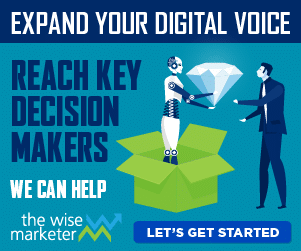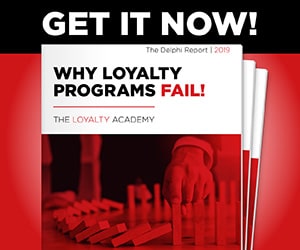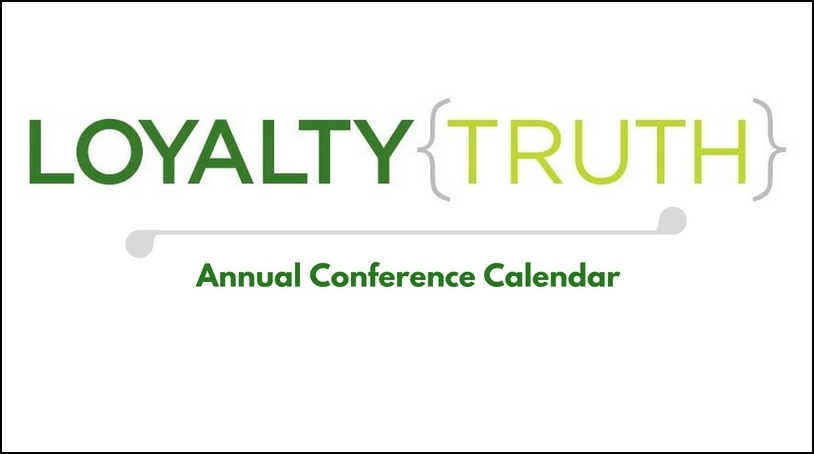The customer has escaped. We can no longer control the process of how and where they get information. ~Marjorie Kalter
There’s a sea of change taking place in the way we communicate with customers, and these changes are rewriting the definition of advertising as we know it. In fact, I believe that as marketers we now two choices: swim with the tide or have the new communications wave roll over us.
The truth is that the effectiveness of old-fashioned “push” advertising, whether it’s a TV spot, print ad or e-mail, is waning. More and more customers, especially in the under-40 demographics, are ignoring traditional advertising altogether, and turning exclusively to the Web and social networking tools for product and service information and recommendations.
demographics, are ignoring traditional advertising altogether, and turning exclusively to the Web and social networking tools for product and service information and recommendations.
Some have labeled this change “Advertising 2.0”, but one of the movement’s philosophical godfathers, Edward Boches, simply calls it “the evolution of advertising”. Boches is the long-time creative leader at Boston-based ad agency Mullen, which in the past couple of years has transformed itself from a traditional ad agency into “a firm that blends digital, social, media, creative, mobile and direct response”.
I’ve been looking at some recent slide presentations and blog posts from Boches, and he has a number of compelling insights about the changes taking place in the industry. Here are a few choice ones:
• Customers don’t want to watch and read and consume. They want to participate, share and respond.
• Once we were in the business of telling stories. Now we are in the business of getting others to tell stories for us.
• User experience and engagement are the new art and copy.
Boches also sees changes in the future of traditional advertising, believing that as brands become less dependent on advertising and messages, they will focus on ways to become more relevant and useful. Think of it as advertising that does less selling and more connecting.
A prime example currently in the marketplace is the Pepsi Refresh Project. This Web-based initiative asks customers to submit ideas that they think will have a positive impact on the world, including everything from building community playgrounds to caring for wild cats. Consumers vote on ideas they think should be funded, and to date Pepsi has committed over $15 million to nearly 400 winning ideas. Does the site sell Pepsi? I suppose so, but in a very indirect way.
Will this advertising change effect loyalty marketing? It already is.
In loyalty marketing, it’s time to think about going beyond the everyday communications of postcards, e-mail and statement inserts. It’s time for a full-throttled commitment to an idea I first began talking about in 2002: starting a dialog with customers. (Not that I can take credit for the concept, it was the brainchild of Frequency Marketing’s visionary founder Rick Barlow.)
This means communicating with your customer base when and where it works best for them, via the social media channels where they congregate—which these days is sure to include Facebook and Twitter, and possibly Foursquare. It also means opening up the lines of communication via your company Web site and blog.
There are also marketing opportunities galore in leveraging your current customer base, by giving them perks that encourage them to spread the good word about your product or service. For instance, when restaurant chain P.F. Chang’s introduced its Home Menu frozen meals to grocery stores, its first communications target was the brand’s loyal customers.
P.F. Chang’s selected members of its loyalty program and customers engaged in the brand’s social media channels (Facebook and Twitter) and asked these fans to raise their hands and tell why they loved the brand so much. Those who participated in spreading word of mouth were entered into a sweepstakes to win one of 50 home dinners for two, complete with custom table settings.
The bottom line is that, like it or not, the way we communicate with customers is changing. The question is, are your clients or your company changing with them?
Tom Rapsas is a creative director and writer and can be reached via Twitter @tomrapsas or at tomrapsas@gmail.com.




